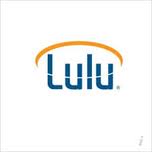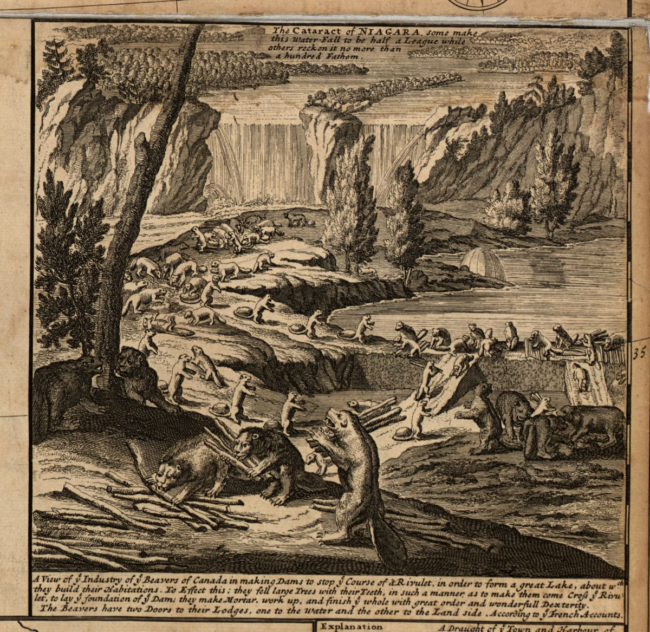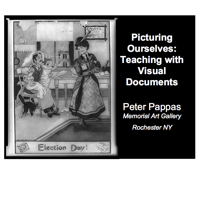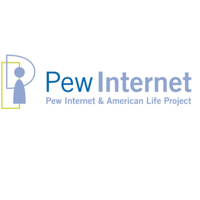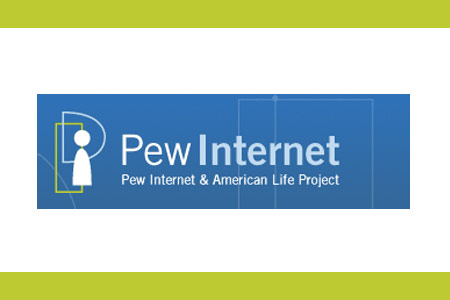We all struggle to create authentic writing experiences for our students. Imagine if they had an opportunity to see their work in print – and we’re talking about a real paperback. Let them go through the process of writing, co-editing, illustrating and designing a book. Rigor and relevance meets motivation and self-directed study. I’ve gotten so excited by the results that I’ve done workshops to train teachers. You can see material and sample student books at my website Read > Think > Write > Publish.
I recently discovered Lulu.com – a print-on-demand publisher. I’ve used it to publish five books for a dear friend and author – Abe Rothberg. He wrote the manuscripts. I formated them in Word and converted them to a PDFs. I designed the covers in Photoshop and converted them to a PDFs. I uploaded the PDF files to the Lulu website. Cost so far – nothing!
Lulu doesn’t actually produce any books until one is ordered. Then the magic starts – Lulu takes my PDF files and produces a perfect-bound book and ships it to the buyer.
The money side at Lulu is pretty straightforward. No charge for uploading a book. (If you want to give it an ISBN number, that’s $35). Book production costs are $4.53 per book plus .02 per page black and white (.15 per page color). Example: a 50 page book with b/w text would cost you $.5.53 plus shipping. No costs are incurred until a book is ordered. As a book author you can limit sales to only yourself, and buy unlimited books at cost (with a break on author’s orders of more than 25). If you want to offer the books for sale to the public, you can set the price. You get 80% of the mark up over production cost. Lulu keeps 20% and sends you the royalty checks. They will also host your book as a downloadable e-Book for free.
BTW - Abe has had a distinguished career as a journalist, university professor and author of seven published novels, two books of history, a collection of short stories, two children’s books, and a volume of literary criticism. His previous work was published by mainstream publishers and has been favorably reviewed in NY Times, Harper’s, Time Magazine, and Publishers Weekly. He’s also a dear friend and mentor whose previous work had gone out of print. We decided to cut out the middle man. For more on Abe go to his website – Abraham Rothberg
PS – I don’t work for Lulu
